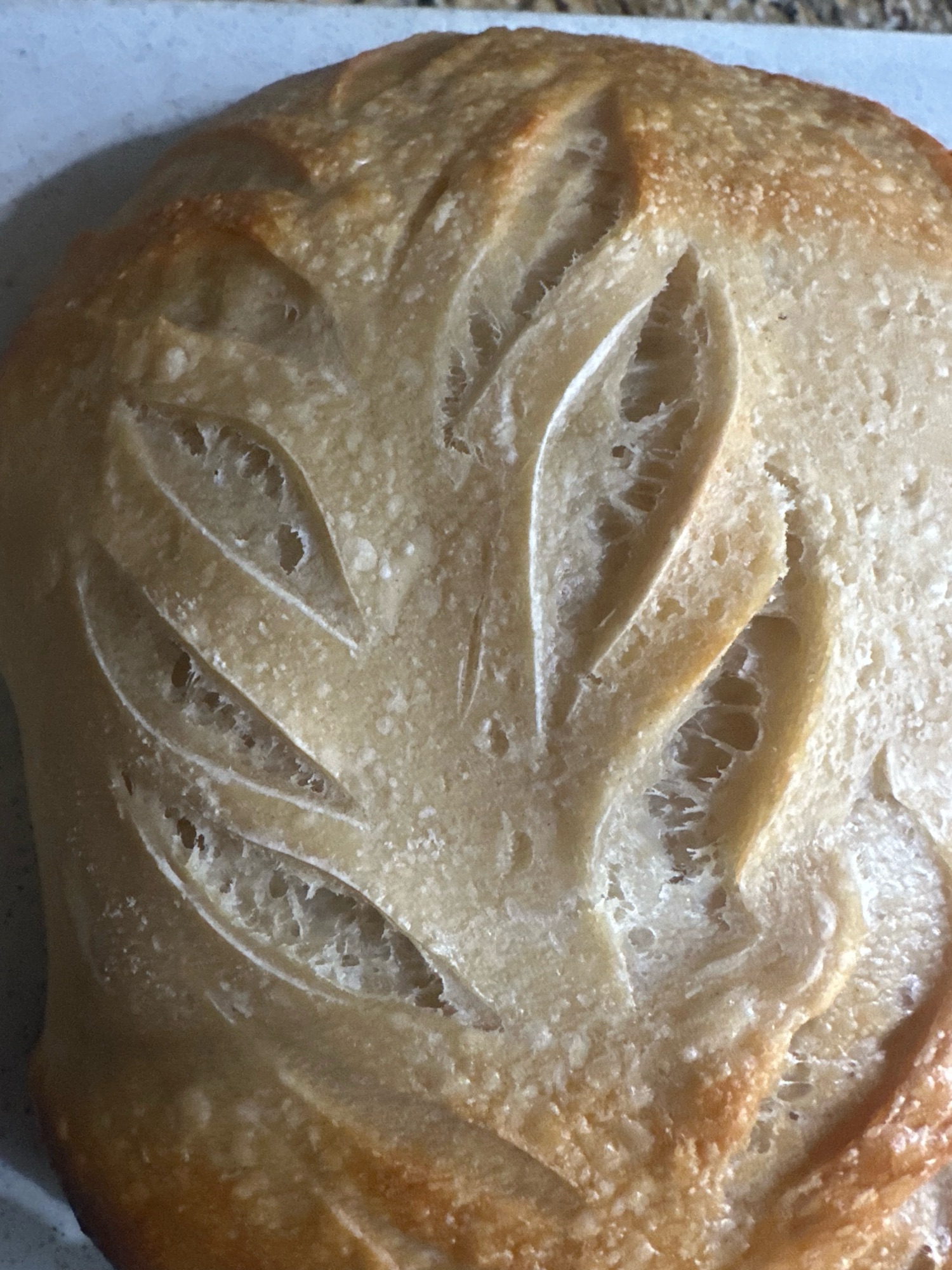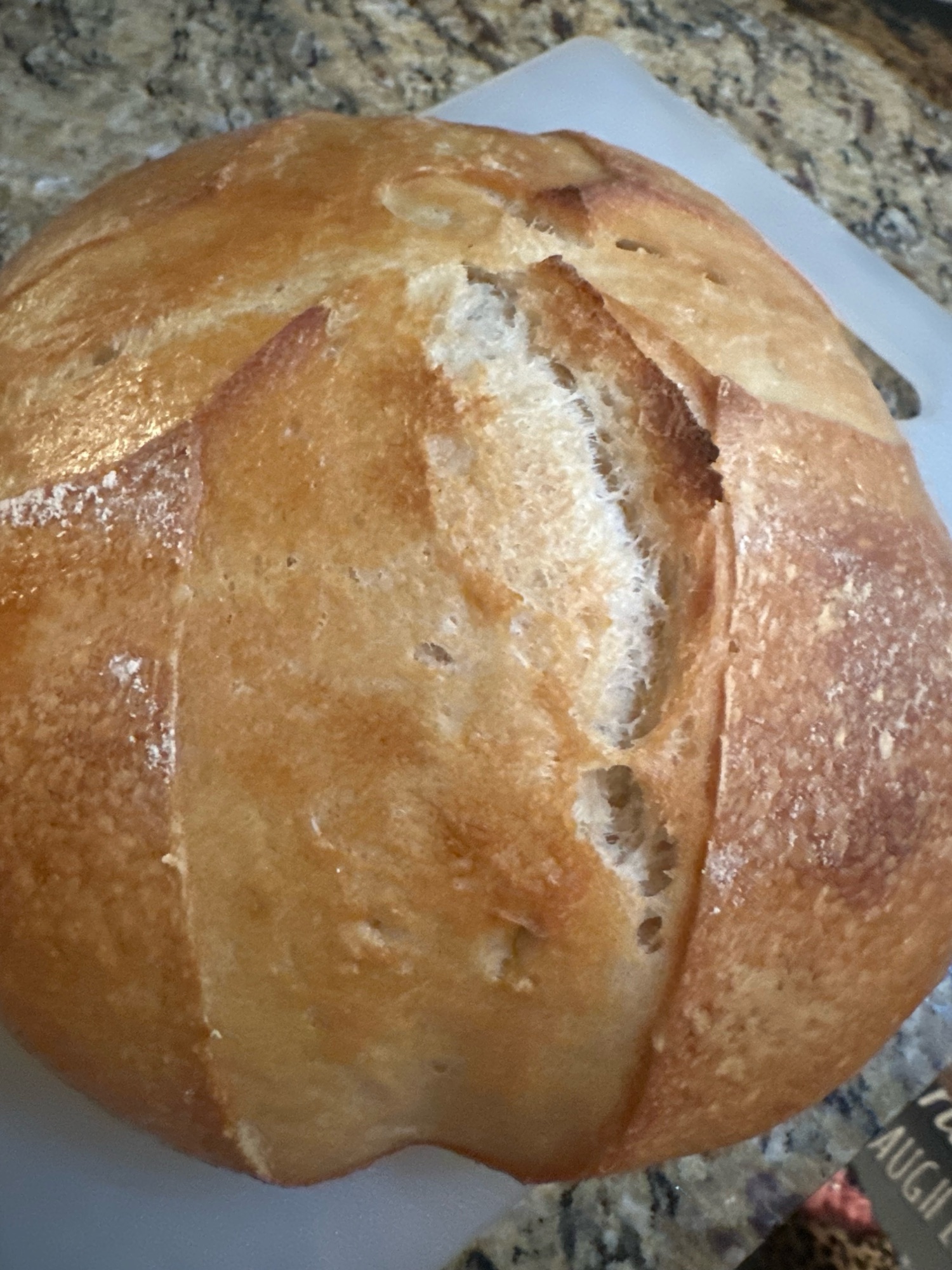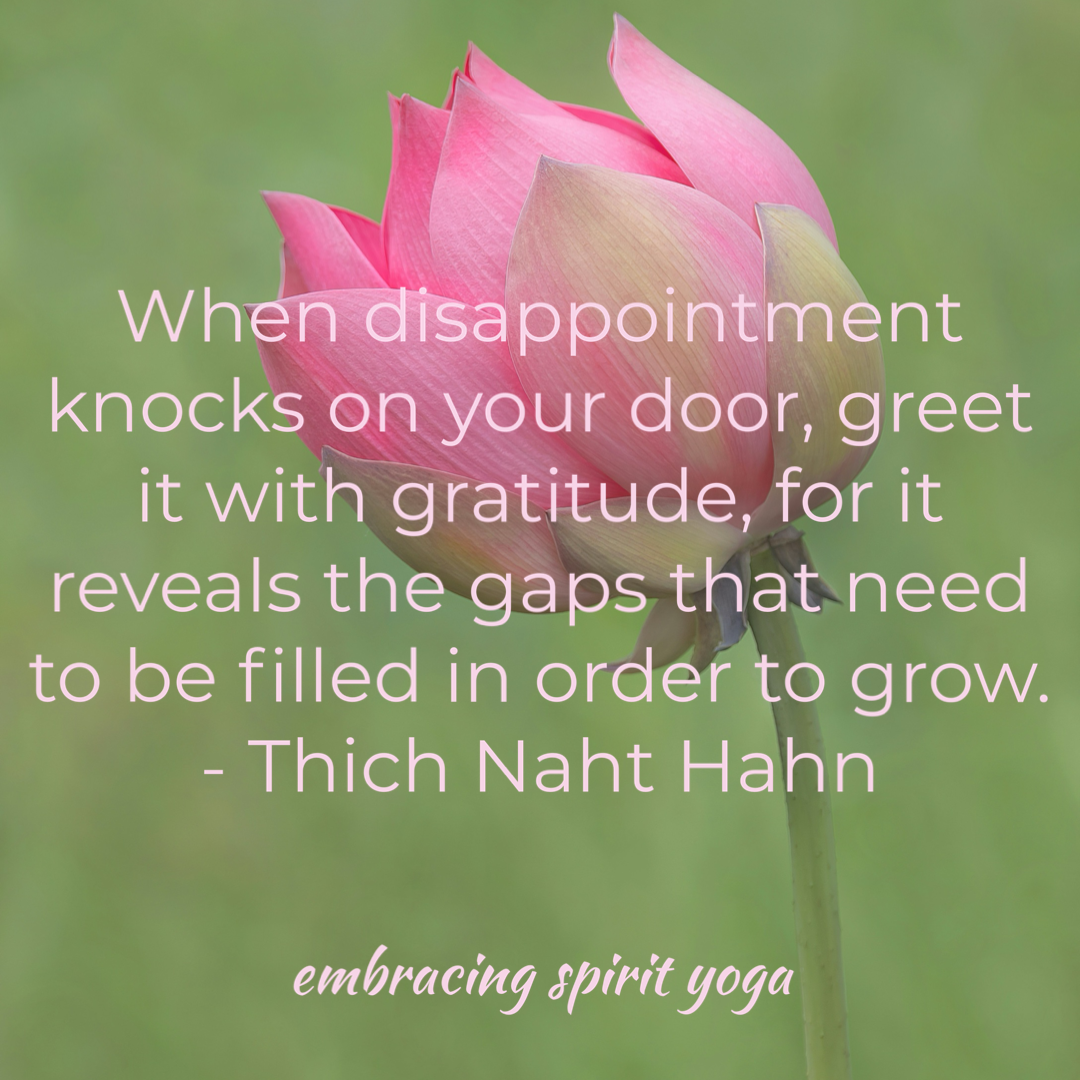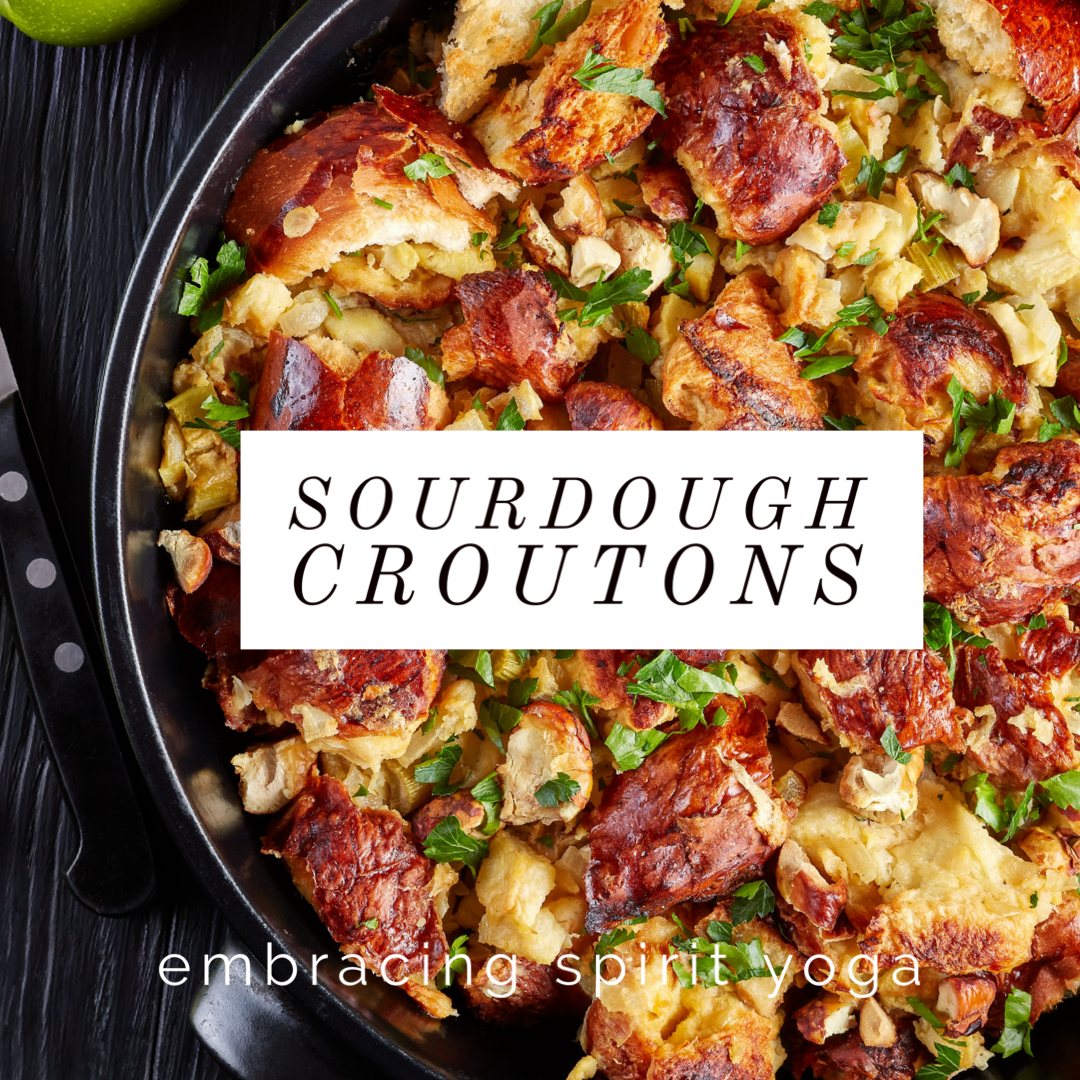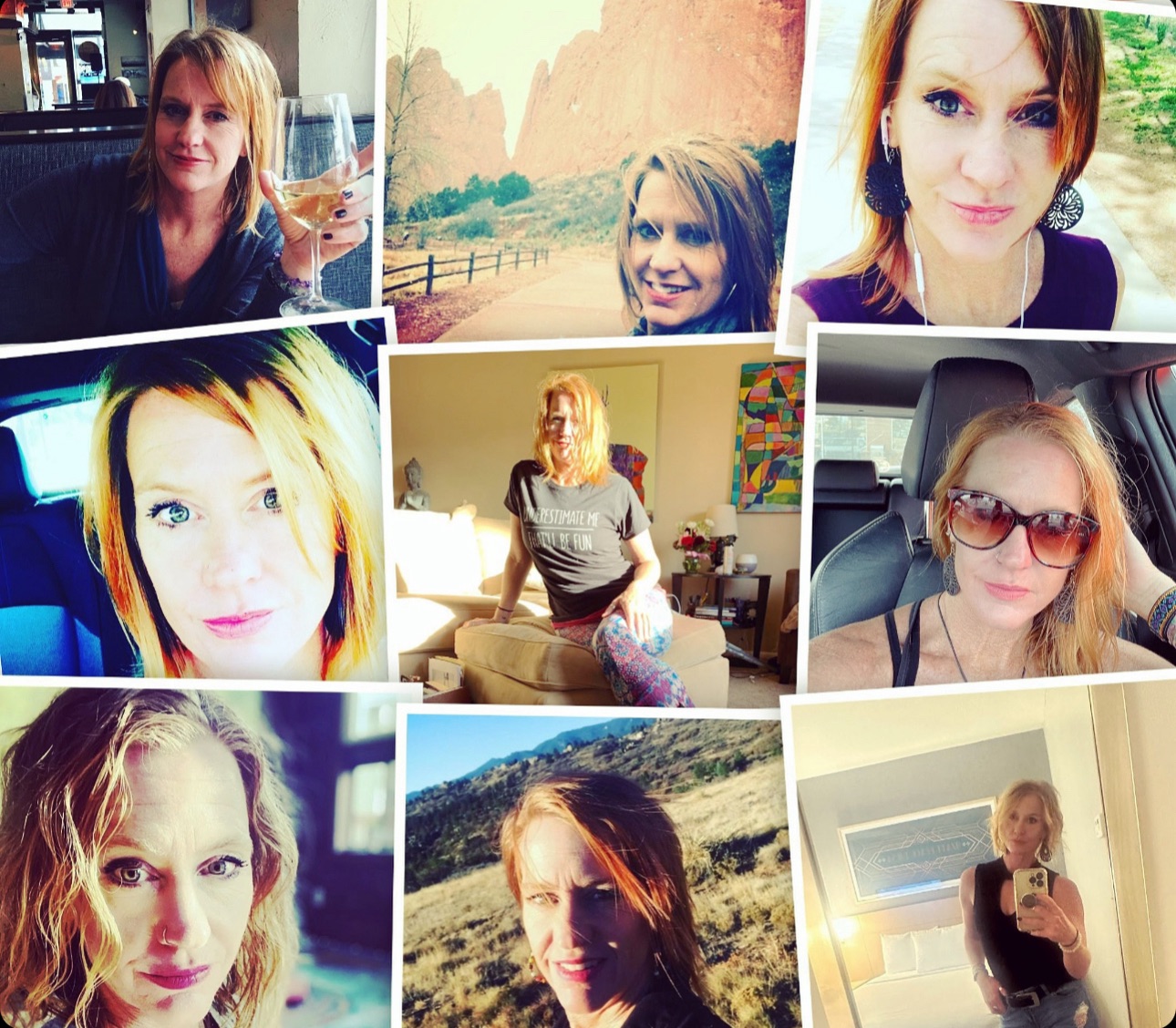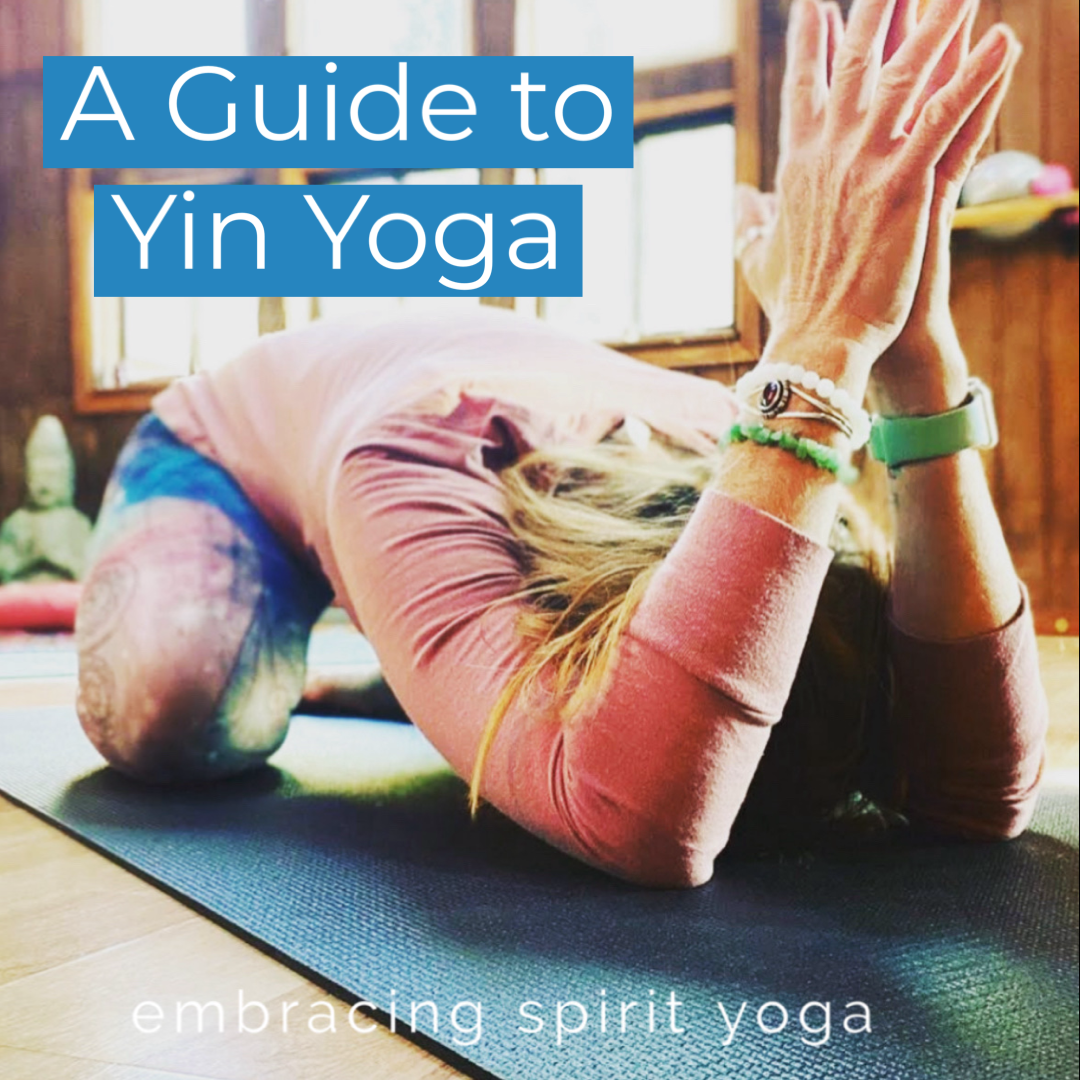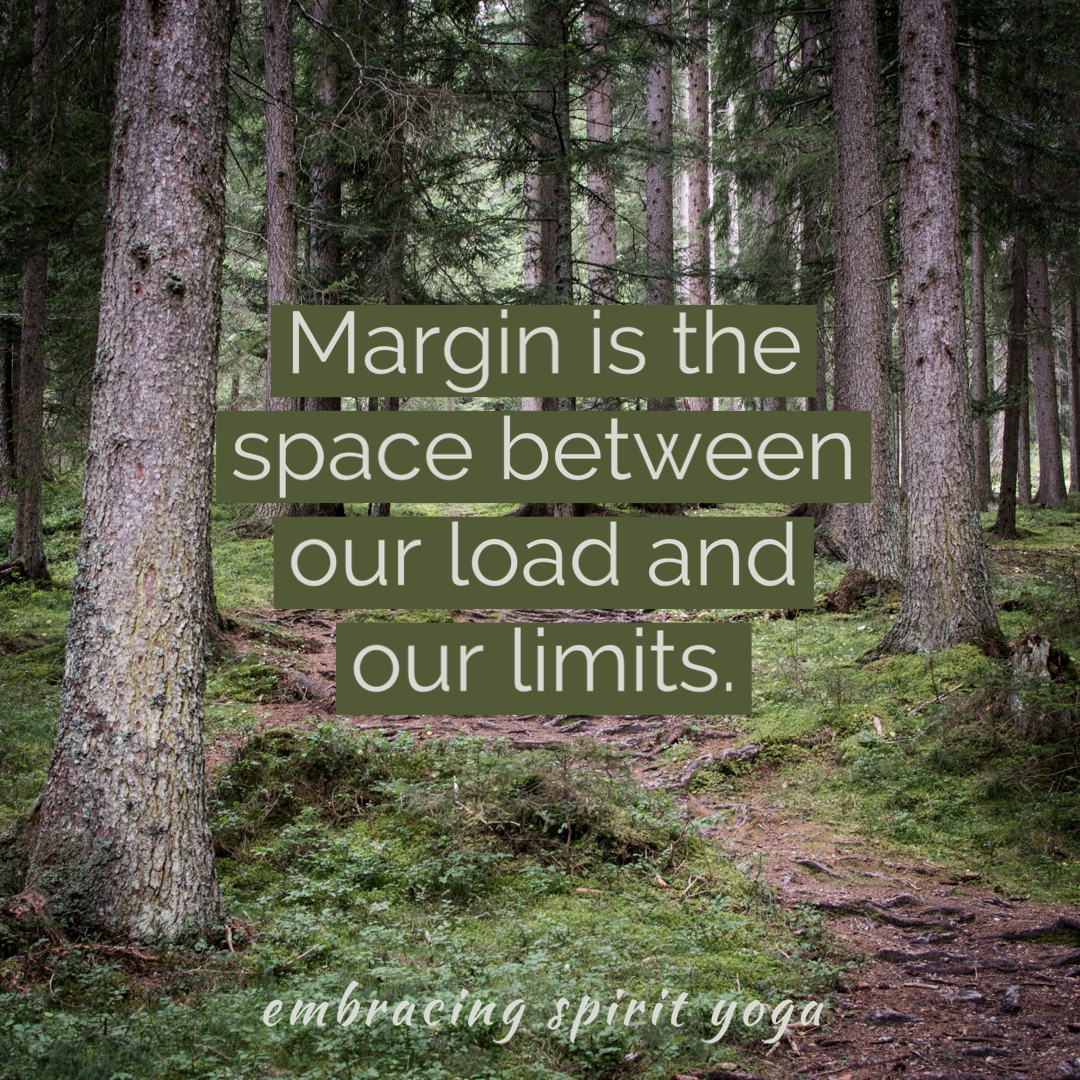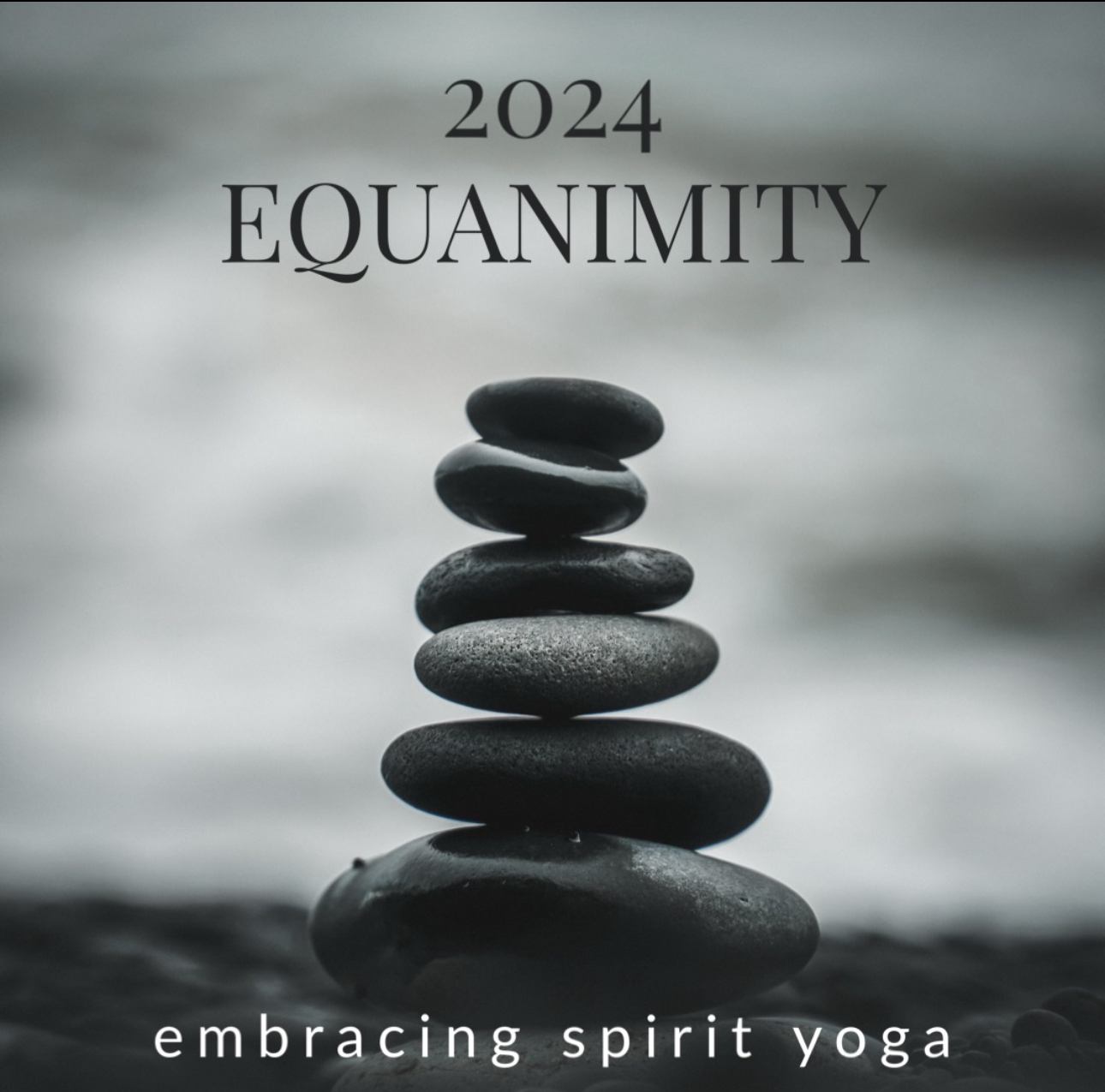I thought I had it all figured out when it came to anticipating changes and challenges.
I chose the word vulnerability for 2023 and I thought I was done with being exposed emotionally, having to ask for help and all that other stuff that is so hard for me. Leaving 2023 behind, I was feeling pretty good about my progress in learning to be a little more exposed and willing to ask and receive help.
Little did I know that it was all just practice for the BIG time vulnerability.
For 2024, I opted to work on being okay regardless of what was going on. To be neutral in the midst of chaos and to not waiver when life gets challenging. I want to practice equanimity.
One week ago I had total hip replacement. I opted to go into the process solo knowing that I would be required to have a lot of help at home. My intention while at the hospital for three days was focusing on me. I felt pretty confident going home that I had myself ready. Preparing my house for time spent mostly on one level that has a bathroom and space for me to relax, ice and heal was key. Making sure I had snacks, books, pillows and all the things I felt I would need to limit the constant asking people to get things. I thought I was set.
In many ways I was and am set. Having done seven orthopedic surgeries in seven years prior to this one, I felt fairly confident in my ability to navigate pain, crutches and living in a tri-level house.
I had lots of things however that I did not anticipate. You can read all the articles on what to expect but until you are in it, there really isn’t a true frame of reference. And I will say again, hearing that 80 year olds have this procedure all the time and do great is so not helpful. Part of the gift of living a Yoga lifestyle is learning to truly practice not comparing yourself to anyone, including the 80 year olds that have been sedentary and usually already dependent on others and who will continue to be sedentary and dependent on others. Not the super active, busy changing lives, walking machine like me.
Anticipation is a great thing, until you miss a few things.
What I didn’t anticipate was the fracture in my femur that occurred during installation of my new hip joint. This meant my weight bearing status would be different and the need for that to heal, along with my new hip, would be harder and slower. Adding in the greatest fear ever of dislocation that can occur with one wrong move, I am on hyper alert when it comes to movement.
I also didn’t anticipate the helplessness that would come with the precautions of a total hip replacement. No bending or sitting part a 90 degree bend, no crossing the legs, no twisting the leg or hip internally. So that means pulling up your pants, putting on socks, shaving your legs, reaching for a blanket, dropping your phone, scratching an itch, lifting your leg onto the bed, and so much more. For someone who gets it all done effortlessly this is an abrupt stop to my life.
The simplest of things seem like an ordeal.
Then the WEDGE. The surgeon is very adamant about post-op precautions, especially with a fracture, and sleeping is the craziest thing ever. Between my legs is a large foam wedge that I have secured with four velcro straps to prevent any internal rotation. I also have my blood clot prevention pumpers pushing air in and out around my legs all night. Add in the compression socks that are so tight and itchy. All of this means that I am basically on my back, secured into one position for the night that I cannot get in or out by myself.
Talk about vulnerability.
Lying in bed while I am completely immobilized is the purest of vulnerability. What an opportunity to sit with equanimity and be neutral in the midst of emotional and physical restraint.
I also had no idea the volume of pain I would experience with this. I knew of course there would be pain but the deep, stabbing and burning pain around the joint is unreal. The fracture adds to the pain and the swelling has taken my once toned and slim leg back two decades when I weighed 80 pounds more. Looking down at my leg and seeing the size of my thigh is startling, but it is also temporary.
I know that this week has brought me so much in the form of grace and letting go. It has also invited me to receive like I have never received in my life.
For now, I am icing, walking, resting, and working on allowing the vulnerability to flood my daily experience while also accepting the equanimity that brings a steadiness to me.


